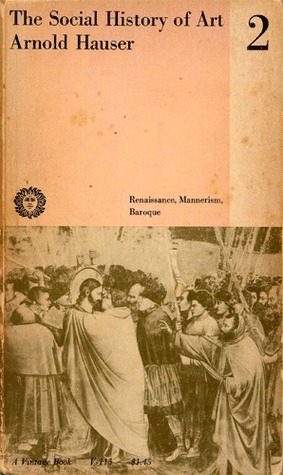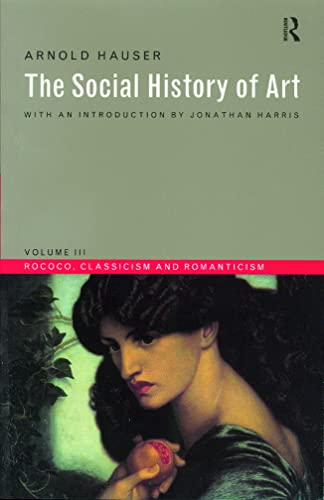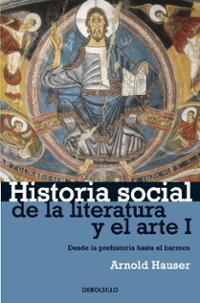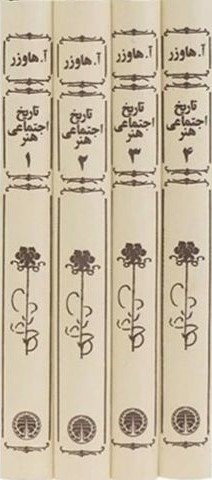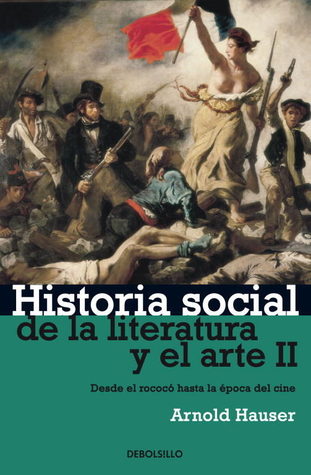
Arnold Hauser was born in Temesvar (now Timisoara, Romania), to a family of assimilated Jews. He studied history of art and literature at the universities of Budapest, Vienna, Berlin, and Paris. In Paris his teacher was Henri Bergson who influenced him deeply. To earn extra income he reported on art, literature and cultural events for the Temesvári Hírlap (Temesvár News). For a period he was a teacher at a Budapest Gymnasium.
In 1916 Hauser became a member of the Budapest Sunday Circle, which was formed around the critic and philosopher György Lukács. The group included Karl Mannheim, a sociologist, the writers Béla Balázs, and the musicians Béla Bartók and Zoltán Kodály. Mannheim, who had at first rejected the idea that sociology could be useful in the understanding of thought, soon became convinced of its utility. Also Frigyes Antal (1887-1954) applied the sociological method to art.
After World War I Hauser spent with his bride two years in Italy doing research work on the history of classical and Italian art and earned his Ph.D. in Budapest. His dissertation dealt with the problem of aesthetic systematization. In 1921 he moved to Berlin. By that time he had developed his view that the problems of art and literature are fundamentally sociological problems. Three years later, when his wife declared that she wanted to live closer to Hungary, the couple settled down in Vienna, where Hauser supported himself as a freelance writer and as publicity agent for of a film company. He also worked on an unfinished book, entitled Dramaturgie und Soziologie des Films. Later he said, that "For me this was the period of collecting data and experiences which I used much later in the course of my writing my works on the sociology of art."
Fleeing the Nazis after the Anschluss in Austria, Hauser and his wife emigrated in 1938 to Great Britain. Shortly upon their arrival, his wife died of influenza. Alone and without any regular income, Hauser then began to research for Social History of Art. It took ten years to finish the Marxist survey, his magnum opus of more than a thiusand pages, which appeared when he was 59. Still following what is going on in the film world, Hauser also wrote a number of essays about films for Life and Letters Today and Sight and Sound. From 1951 he was a lecturer on the history of art at the University of Leeds, and in the late 1950s a visiting professor at Brandeis University in the United States. In 1959 he became a teacher at Hornsey College of Art in London. He worked again in the United States in 1963-65 and then returned to London.
When Hungarian Radio aired a Budapest-London conversation between Hauser and Lukács in July 1969, Hauser confessed: "I am not an orthodox Marxist. My life is devoted to scholarship, not politics. My task, I feel, is not political." In 1977 Hauser moved to Hungary, where he became an honorary member of the Academy of Science. He died in Budapest on January 28, 1978, at the age of 86.
Hauser's last book, Soziologie der Kunst (1974, Sociology of Art), which he wrote racing against time and declining health, investigated the social and economic determinants of art. In this pessimistic work he distanced himself from Marxism and historical determinism. "The foreseeable future," he said, "lies in the shadow of the atom bomb, of political dictatorship, of unbridled violence and cynical nihilism. Hitler, Mussolini, and Stalin left, as a permanent testament, a feeling of fear and apprehension which cannot be mastered." Hauser's suggestion that art does not merely reflect but interacts with society is a widely accepted premise. He also saw the art establishment and art reviewers as servers of commercial interests. As in his Social History of Art, Hauser's approach was Euro-centered and did not pay much attention to non-Western art.
Social History of Art was the result of thirty years of scholarly labour. It traced the production of art from Lascaux to the Film Age

